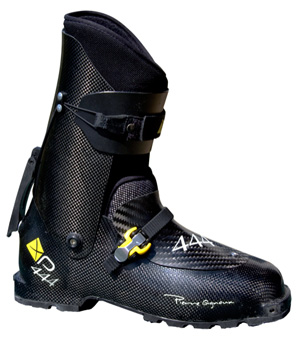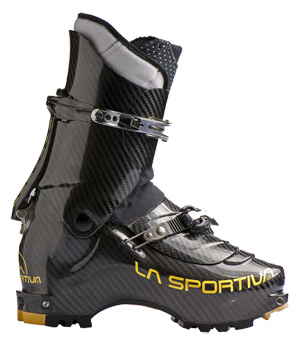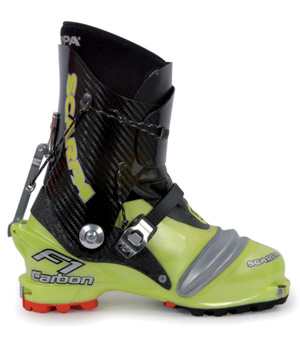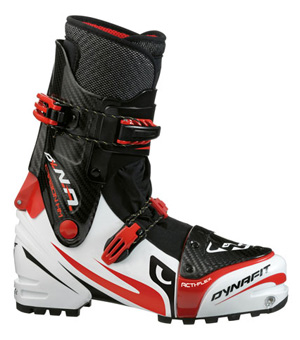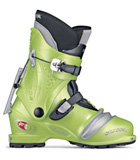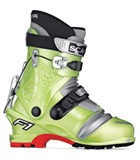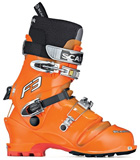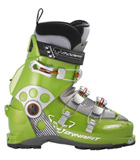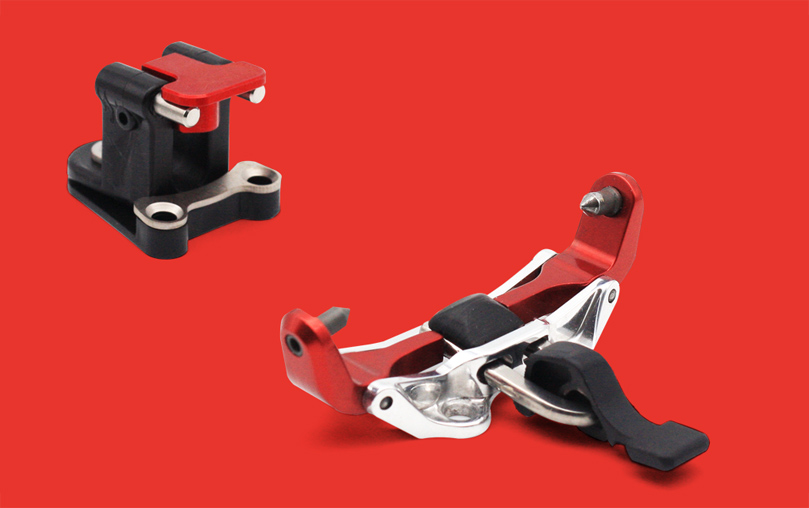
When the brand of Pierre Gignoux comes to mind, most ski mountaineers immediately think of the company’s famous carbon fiber boots.
However, the company continues its innovative approach to product design with a new binding, the U 77. With this binding, Pierre Gignoux (PG) is now making the lightest traditional low tech binding available on the market.
In recent years, Ski Trab has been developing category leading race style bindings. To reduce weight, Ski Trab did a complete redesign of the traditionally spring equipped toe piece. Instead of using springs to achieve the tension in the toe, Ski Trab used a single piece of Titanium that folded underneath the toe lever.
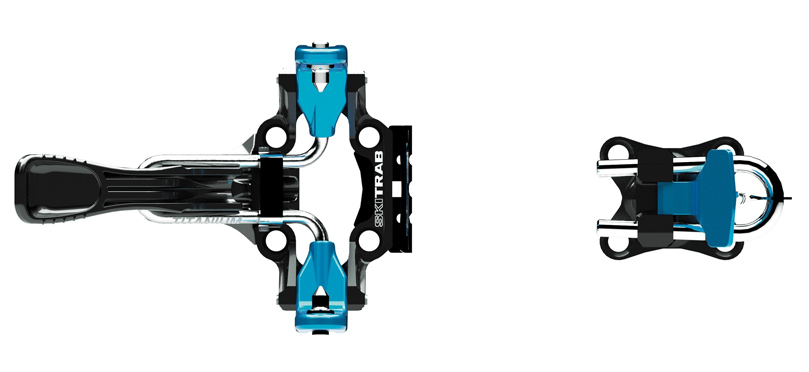
Now, Pierre Gignoux has taken that a step further in weight reduction, and used the same Titanium bar style, but placed it under the wings of the toe piece and reduced its size. This refinement of the titanium bar style toe piece has now brought traditional low tech bindings within 15 grams of PG’s one piece toe, the Ultimate 3.
The heel piece is expectedly diminutive in size, using the now common base plate and rotating heel plate built of plastic. The heel piece is identical to PG’s other binding, the Ultimate 3. Pierre Gignoux states that the design is built to release around DIN 6, same as most other skimo racing specific bindings.
For racing at the highest levels, PG has always brought innovative products to market, and the U 77 is no different in this respect. However, Mr. Gignoux has also shown advantages of using his products also for adventures such as big ski traverses of as shown below.


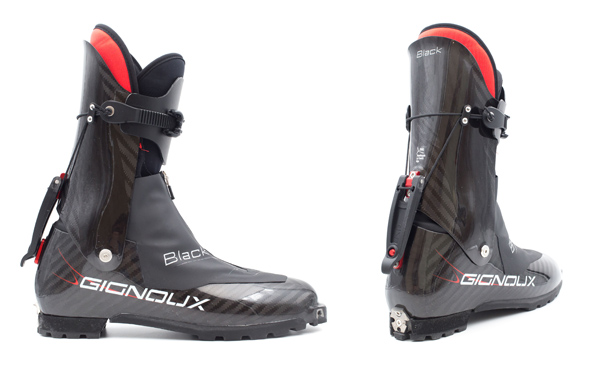
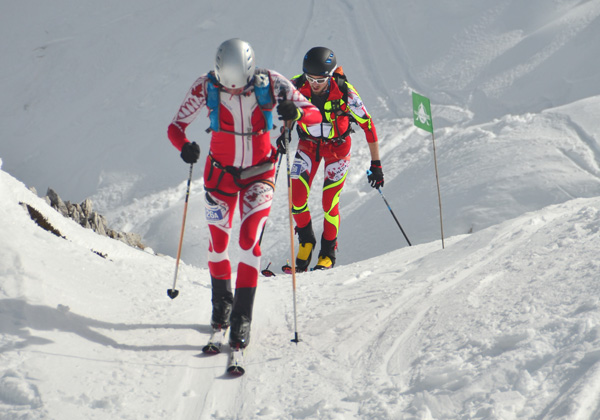
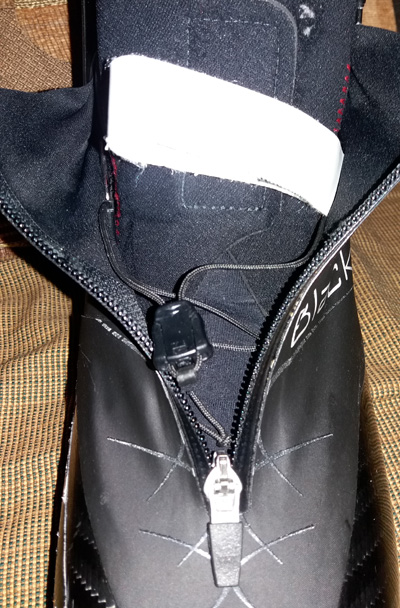
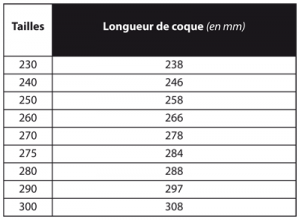
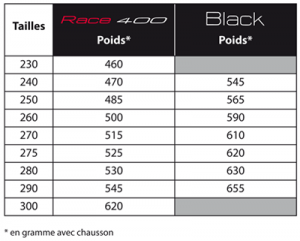
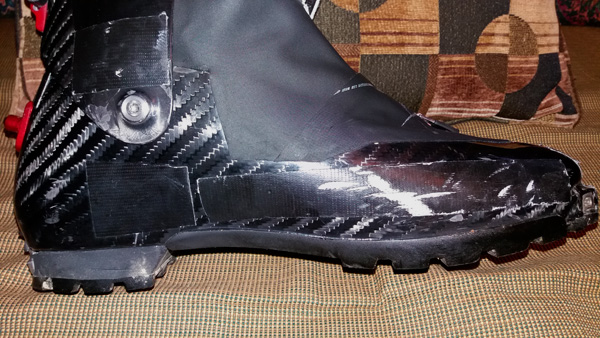

 Skimo (rando) racing is the ultimate force behind the evolution of the lightest equipment where skis, bindings and boots are dropping not grams but pounds almost every two years or so…and there are string$ attached.
Skimo (rando) racing is the ultimate force behind the evolution of the lightest equipment where skis, bindings and boots are dropping not grams but pounds almost every two years or so…and there are string$ attached.